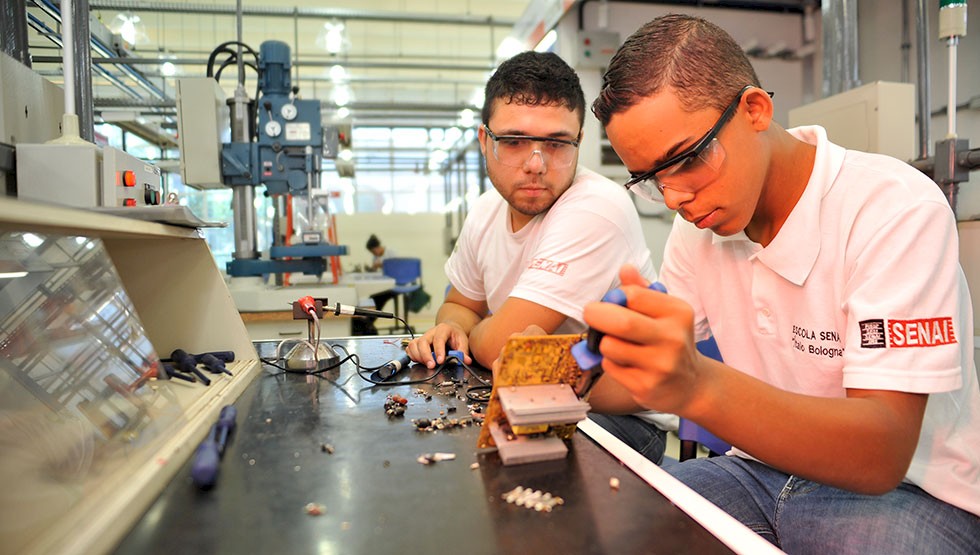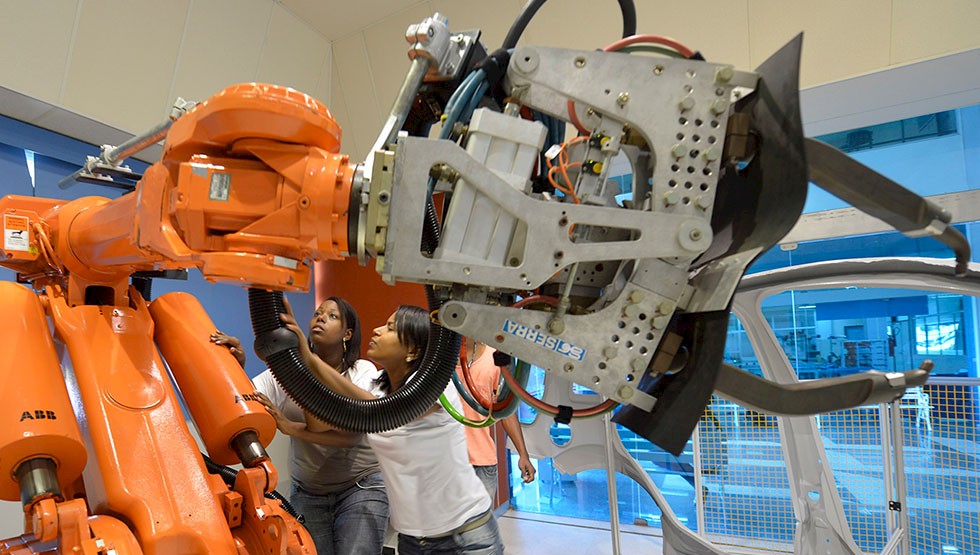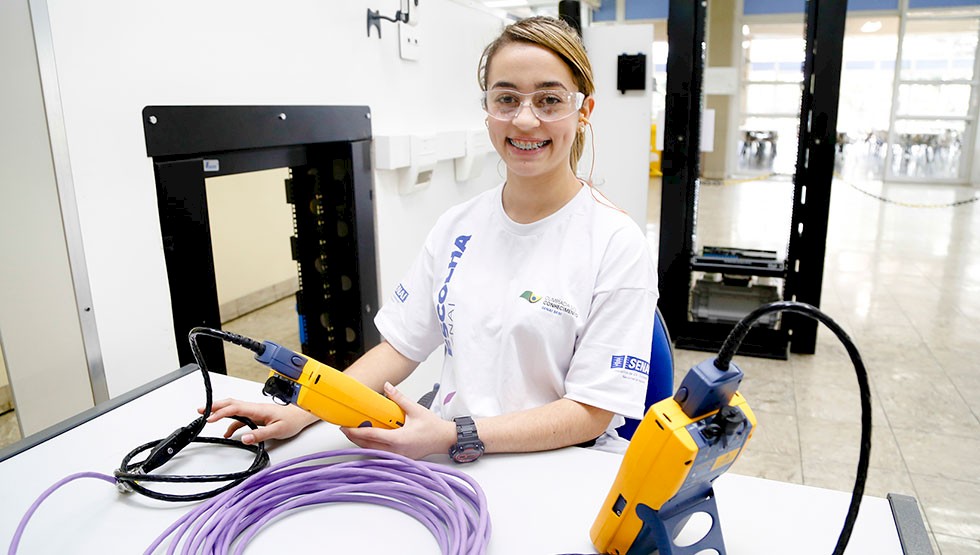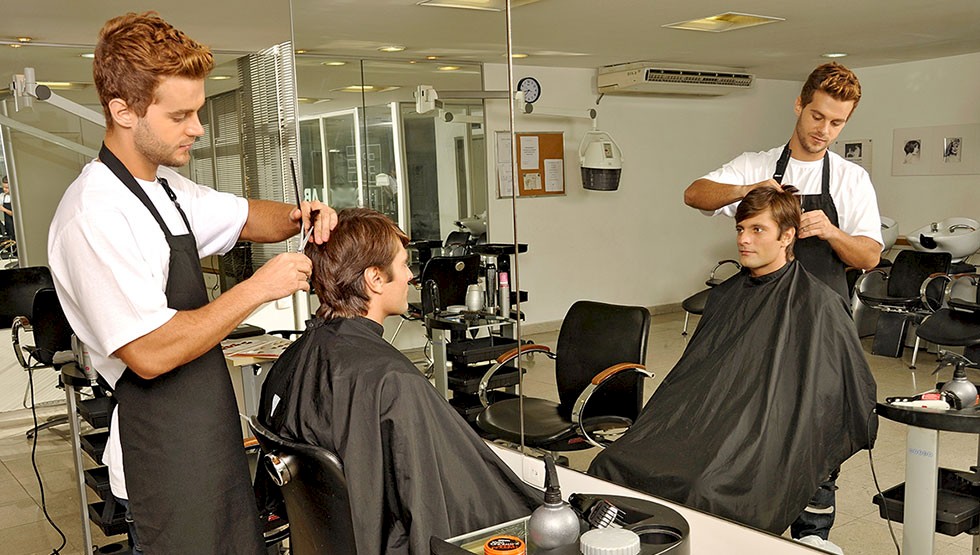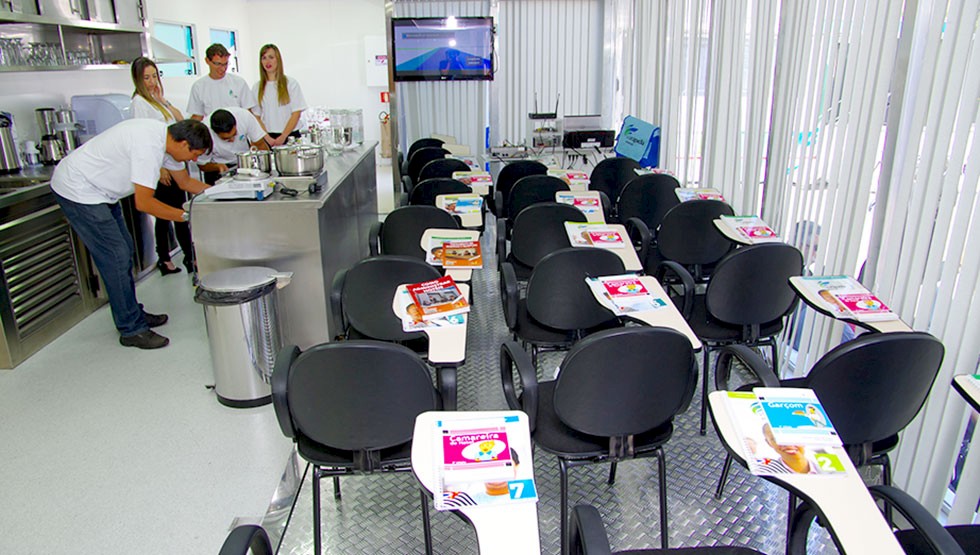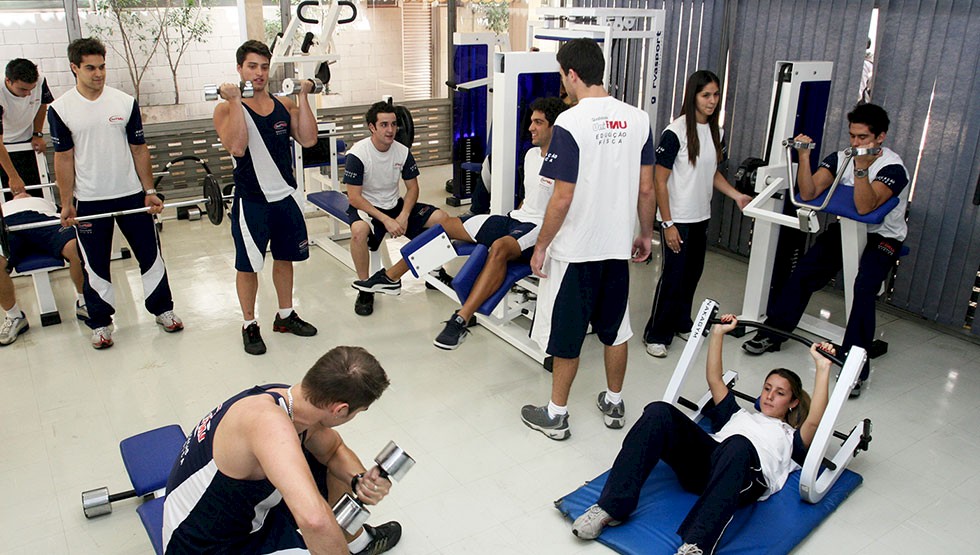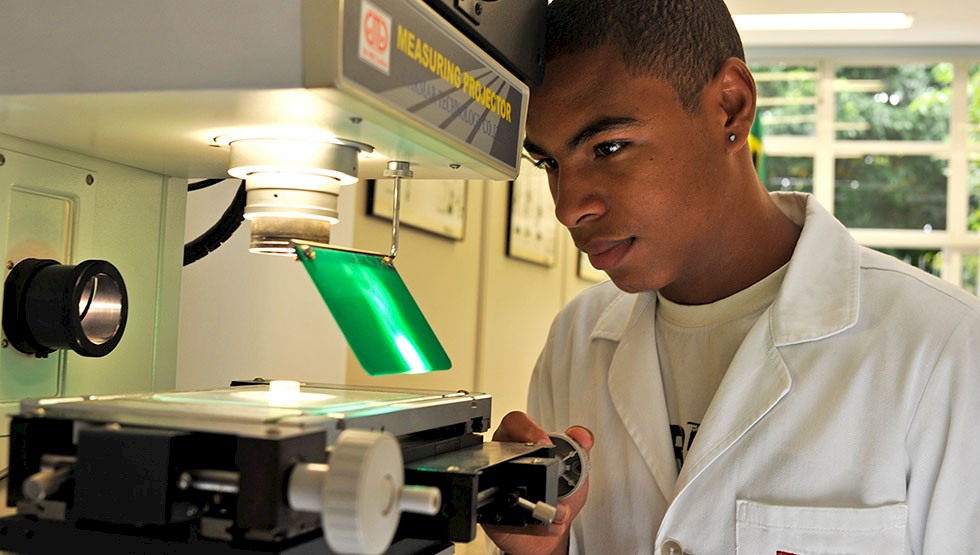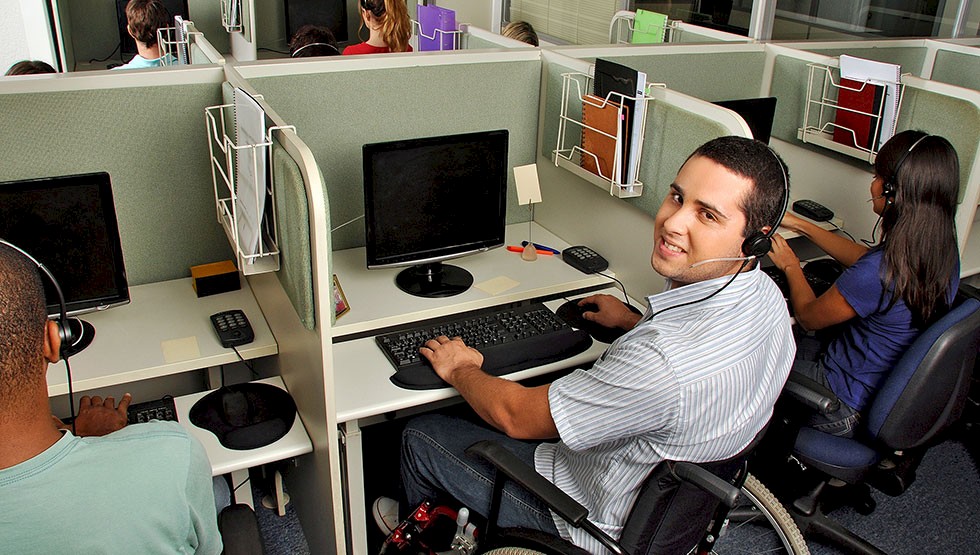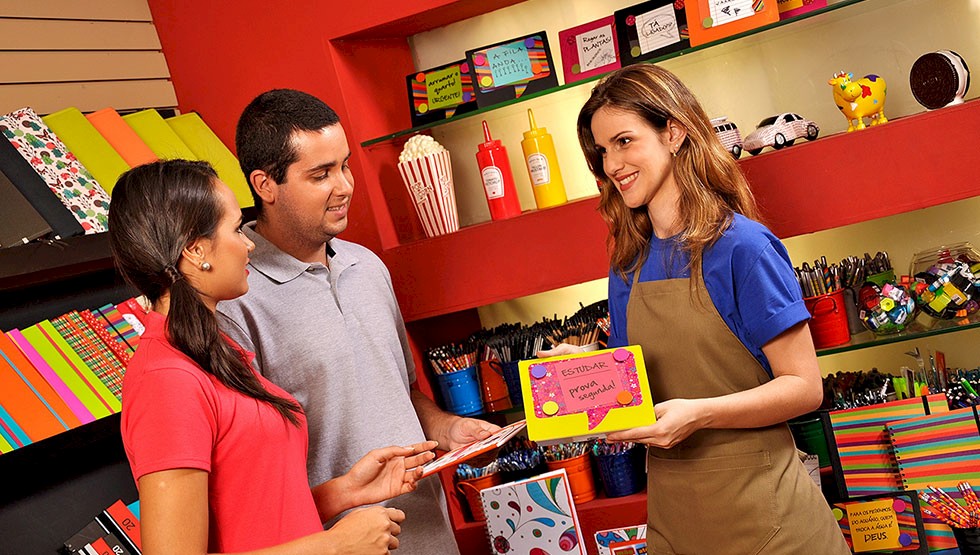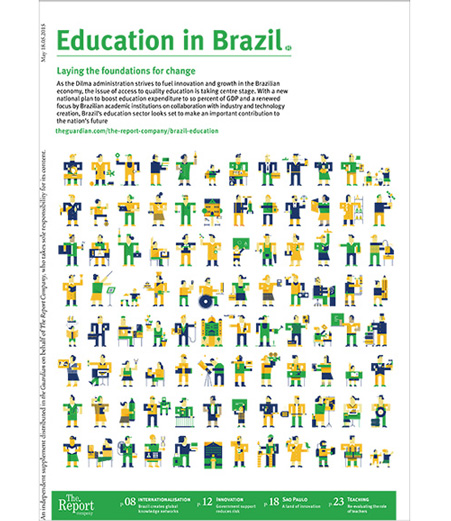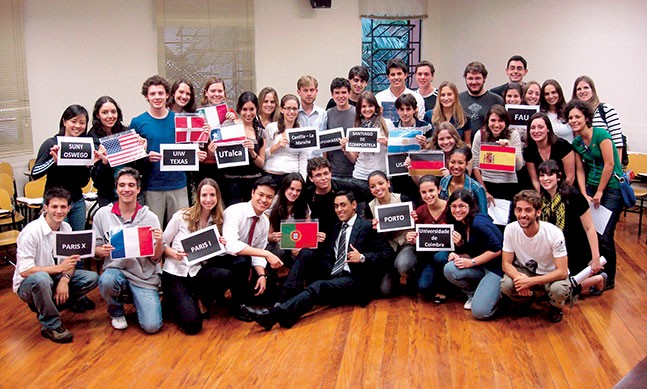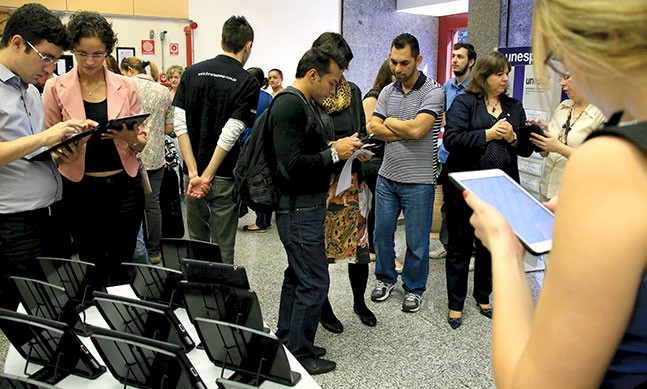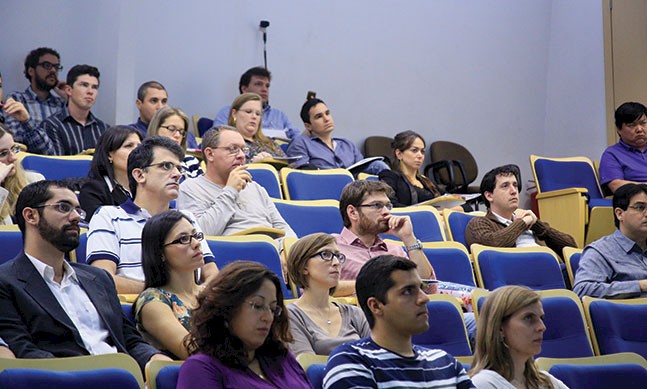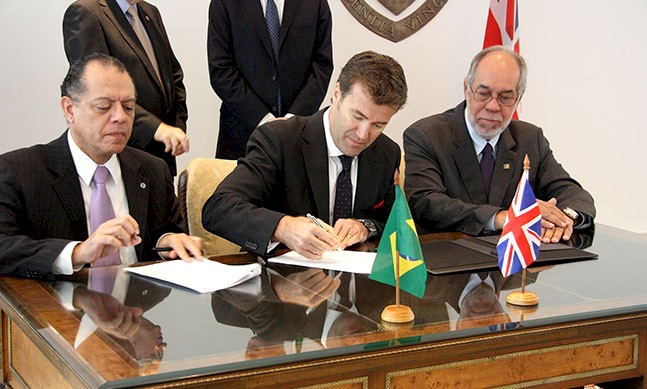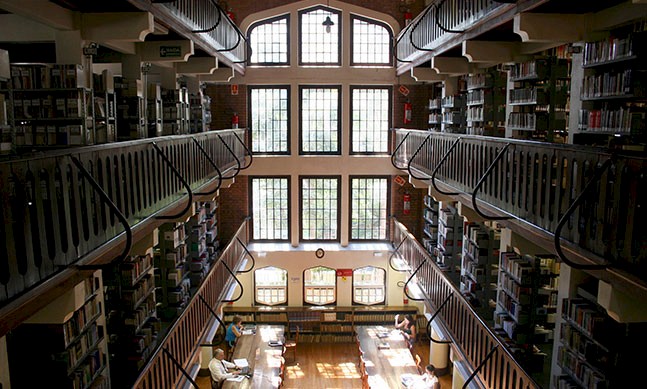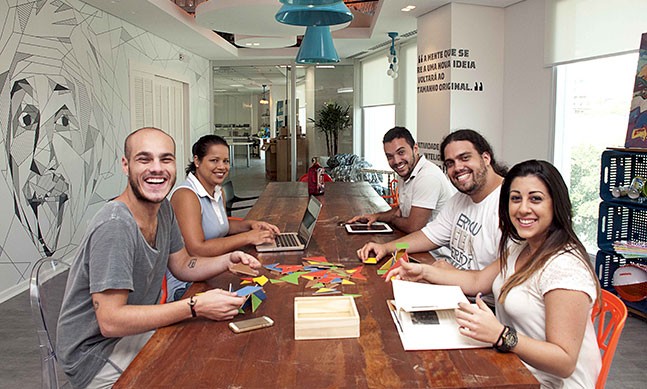As the Brazilian service sector expands, a precarious drop in the country’s productivity has forced the government to invest billions in vocational training
A study from the Institute of Applied Economic Research (IPEA) shows that, despite soaring wages, Brazil’s productivity has dropped by 15 percent during the last 30 years. Meanwhile, in that same period, Chile’s productivity has increased by 88 percent and China’s a massive 808 percent. The economic impact on Brazil of this disparity is disastrous, and the government now has to overcome a severe human resources burden inherited from the end of the last century. Fundamental to that will be the performance of the growing service sector, which the country needs to be both strong and innovative to help prop up declining manufacture.
To some extent, the tools to do so are already in place. Brazil’s so-called S-System is the largest consolidated professional training network on the continent. Arranged by sector and funded via a tax levied directly on companies, it offers both professional advancement training and courses for those out of work. The challenge now is adapting this network, created in the 1940s, to the demands of the 21st century.
“Professional education is intrinsically linked to employability, especially in the more specific technical education slot”
Sidney Cunha Director general of SENAC
Tweet ThisThe National Service for Commercial Apprenticeship (SENAC) operates in the commerce and services sector. Created in 1946, it has since trained over 40 million workers and helped turn the service industry into a well-respected and skilled profession. Combining distance and on-site learning, SENAC is making a nationwide push for standards to be equal in all states and to diminish regional inequality, even using mobile classrooms to bring its commerce-facing courses to the masses.
“Our programme combines theory and practice, and the knowledge, values and skills are focused on problem solving so there isn’t much difference between the classroom and the practical side”, says SENAC director general Sidney Cunha.
“Technical and technological training has gained ground because the market is increasingly valuing these professions.”
Rafael Lucchesi Education and technology director of SENAI
Tweet ThisCreated four years earlier, the National Service for Industrial Apprenticeship (SENAI) played a crucial role during the 1980s as the Brazilian economy struggled to come to terms with new technology. To build on these strong foundations, In 2011 the government introduced Pronatec, a multi billion-dollar investment to help the S-System reach yet further into Brazil’s hinterlands. As for the urban centres, Sao Paulo’s Centro Paula Souza has received significant government funding to support the ‘Fast Track to Work’ programme. This trained 90,000 people last year alone, and also offers an array of free courses open to anyone who passes the rigorous entry exams. Coupled with FIES for university applicants, it represents another large step in the government’s democratisation of education.
Industry
The huge gap in productivity levels between Brazil and countries like the US and UK is at a critical stage. With new technology flooding the market, training has never been more crucial, but only six percent of young Brazilians elect to study technical courses, compared to an average of 50 percent in more developed countries like Japan and Germany. In response, SENAI introduced the Innovation Network in 2014 and has already passed R$100 million in investments in innovation-led projects. It has dedicated a further R$300 million to a competitiveness initiative, itself further bolstered by R$1.5 billion from BNDES to be spent on new technology institutes as well as new schools.
Service sector
As the service sector occupies an ever more important role in Brazil’s economy, its efficiency and efficacy is brought ever further into the spotlight. With productivity currently standing at one-fifth that of the US and a quarter of Germany, there is plenty of ground to be made up, but there is simply no short-term solution. This is part of a trend that has become embedded in the workforce, but the government is investing in its permanent removal. The rise of a consumer class has put further pressure on the service sector, which needs greater reinvestment and innovation to keep up. SENAC has provided a crucial lifeline, using the government-funded Pronatec initiative to double the number of courses on offer and respond much more closely to the demands of industry. As new technologies bring ever more acute niches to the globalised economy and demand ever-greater productivity, SENAC has a central role in training Brazilians not just to be a part of the sector’s future, but to shape it.
Unlocking the hinterlands
For federal education programmes to serve the entire country, innovative solutions are required. And with previously overlooked, unimaginably remote regions in the Amazon and the Pantanal, this continent-sized country needs out-of-the-box thinking to avoid educational blind spots. Enter SENAC’s 78 carretas-escolas. Literally translated as ‘school trucks’, these mobile classrooms offer cutting-edge laboratory conditions, online computer suites and audiovisual equipment within a 36-metre-square space to bring courses in IT, health, tourism and even wellbeing to the farthest corners of the country. Like SENAC, SENAI also has a two-storey balsa-escola, or floating school, that serves communities along the Amazon River. The boat offers courses as diverse as bakery and mechanics, bringing new skill sets to a population for whom vocational training and the opportunities it brings would have previously been impossible. SENAI’s itinerant professional training has certified over 50,000 students from riverside villages, helping to elevate the wages and living standards of many more.



